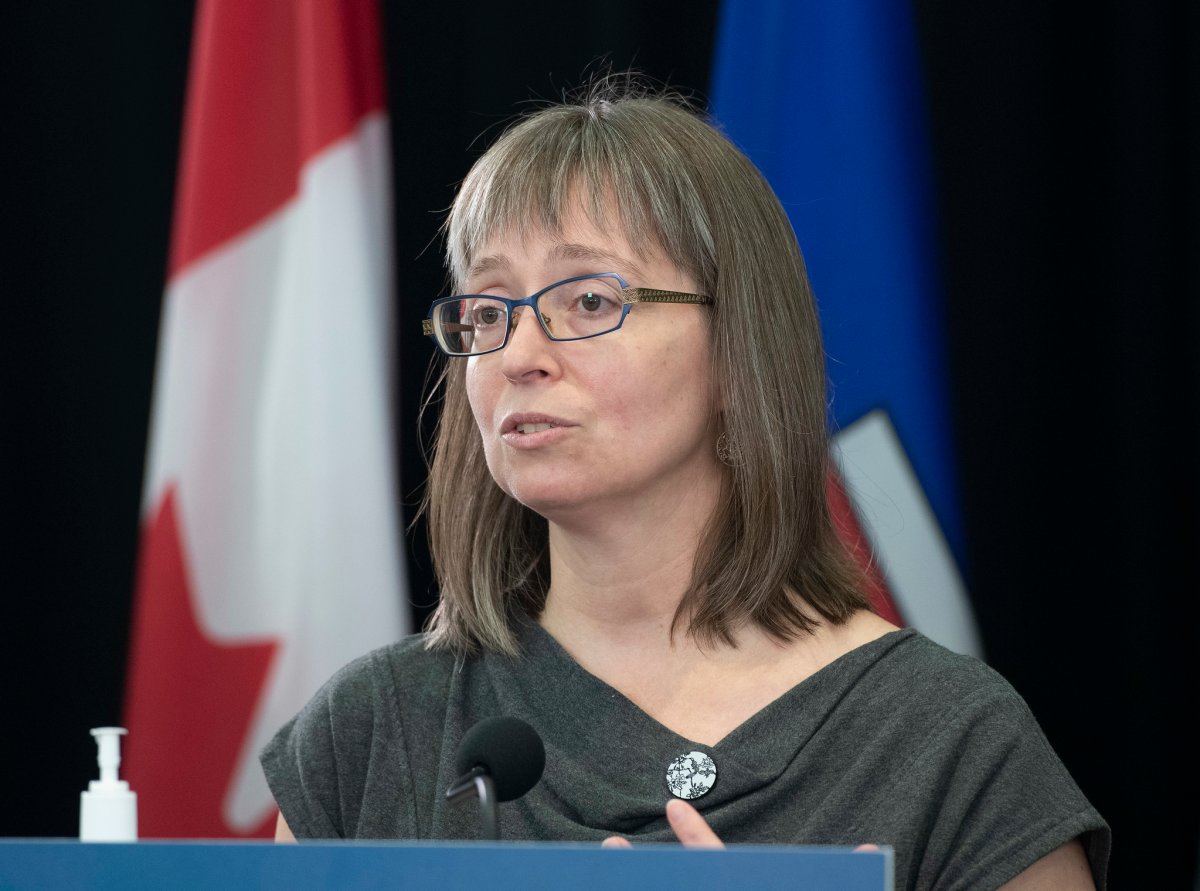'A huge rift': COVID-19 response strains relationships in northern Alberta county
Mackenzie County is part of the High Level LGA, the leastThe mayor of High Level, a town in Alberta's far northwest corner, says she has not spoken to the county government for several weeks.
"We're not at each other's throats, but it's a very estranged relationship," say Crystal McAteer.
"There is a fracture between us. We already had problems, but it's come to the forefront in the last two years."
Public health measures to try to curb the spread of COVID-19 have sown a stark divide in Mackenzie County, the least vaccinated region in Alberta.
Residents and local leaders say friendships have ended, arguments have erupted in shops, and government projects have been unable to move forward amid disagreements over masking, vaccines and other pandemic responses.
"It's like the Hatfields and McCoys," High Level real estate agent Sylvia Kennedy says in a nod to the famous feuding families of 19th-century American lore.
"I've been accosted about my wearing a mask. It's really sad ... This silliness is [creating] a huge rift in our region."
Mackenzie County is larger than New Brunswick and has abundant oil, gas and agriculture. In addition to High Level, it is home to the hamlets of La Crete and Fort Vermilion as well as to four First Nations.
The Alberta government says just under one-third of the county's residents are fully vaccinated and about 38 per cent have had their first dose.
The province could not provide a breakdown of vaccination rates for individual towns and First Nations. High Level's mayor, after speaking to several businesses and health workers, estimates three-quarters of the town is fully vaccinated.
The Beaver First Nation says 60 per cent of people living on the two reserves it manages are fully vaccinated.
McAteer says her town has become "a pariah" because it enforced public health measures — sometimes through its own bylaws when the provincial government lifted rules — while businesses in neighbouring towns made headlines for defying them.
The Chamber of Commerce in La Crete, an hour's drive from High Level, organized a bus to Ottawa as part of the so-called freedom convoy challenging government restrictions. Some protesters stopped in High Level for a few days to demonstrate against local restrictions.
The animosity between High Level and the county peaked in February when the county's council passed a motion to stop working with subcontractors and businesses that had a vaccination policy for employees. A letter stated that those businesses would not be permitted to enter county premises.
McAteer says she hasn't spoken to the county since.
"To protect our workers, High Level's employees had to be vaccinated, including the fire department," McAteer said.
"They've proposed that we can't enter their places of work."
Reeve Josh Knelsen says the county, La Crete and High Level "obviously" have their differences.
In an interview at his La Crete office, Knelsen said businesses have appreciated the county's decision. He couldn't say how many are not working with the county anymore.
"It used to always be where it didn't matter your political stance," said Knelsen, who added he has not been vaccinated against COVID-19.
"I can appreciate what they do as long as they don't expect us to do the same...The biggest frustration that I've seen through this all is the division that it's caused."
He said he and many others in the area he was born and raised in believe "health is a personal choice" and the government shouldn't be telling people how to take care of themselves.
He and some in La Crete had COVID-19 early in the pandemic, he said, but they were able to recover, although some didn't.
"They have a brain. Everybody has their own mind and they're very capable of using it. If you want to live up north, you have to be somewhat resilient and tough. If you're too stupid, you don't survive."
Even without a government order, and since he was a child, he has never gone to a family member's home if someone was sick, he said.
"I love my family. I will not jeopardize them."
Knelsen said he is ready to move on from the pandemic.
"This will be a bad memory in a very short time."
McAteer says projects High Level has been working on with the county haven't moved forward. The town has been waiting since December for the county to sign an agreement to recognize their "inter-municipal co-operation."
"I'm hoping we come together," McAteer says.
"What goes on in the north is good for all of us, and to stay together, we have to work together."













